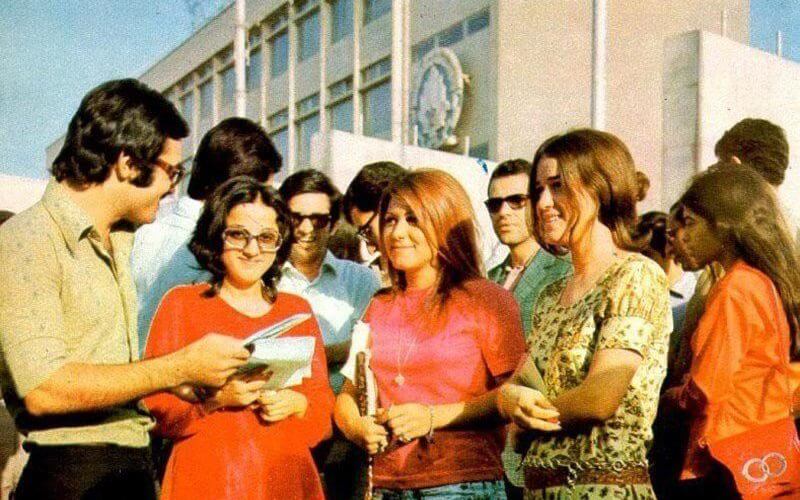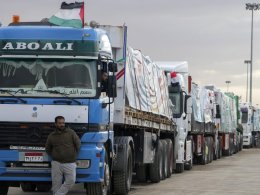As Iranians protest across Iran demonstrating their frustration with the Islamic regime, it underscores the corruption, inflation, economic instability, and oppression, as the legitimacy of the current regime is called into question. Many are reminiscing about the rule of the Shah, which ended after the Revolution in 1979. “God Bless your soul Reza Shah” and calls for the return of the Crown Prince of Iran, Reza Pahlavi, are just two examples. Many Iranians are too young to remember the Pahlavi regime, instead relying only on what they’ve heard from their families. Here are five things to know about the legacy of the Pahlavi Dynasty.
1. The White Revolution
The White Revolution was a period of industrial expansion and consolidation of power. The Parliament, the Majlis, was dissolved and major land reforms were undertaken. These reforms aimed to abolish modern-day feudalism and redistribute land to the people. Many state-owned businesses were privatized to stimulate further economic growth. After the initial land reforms, the Shah established literacy, health, and reconstruction and development corps to increase the standard of living of Iranians. Women were given the right to vote and the ability to hold public office. Education became free and compulsory, food was subsidized for needy mothers, social security and welfare programs were established, and forests were protected by the government. Despite the immediate increases in the standard of living and liberalization of society, some were opposed to the reforms. The Ulama, the Shia leaders of Iran, expressed frustration with the social reforms, claiming they went against traditional Islamic law, such as the unveiling of women. The establishment of secular courts and education systems was equally frustrating to the religious sects who wanted to leave that to Sharia Law.
2. The Economy
The Pahlavi monarchy maintained sustained growth throughout the Shah’s reign through “control of imports, a garment assistance, and low-cost credit” and by supporting a free-market system. The Shah nationalized the production of oil within Iran, redirecting the profits from the British to the Iranian people. Many of the reforms of the White Revolution were funded by the skyrocketing global oil prices. As a result, infant mortality, malnutrition, disease, and illiteracy were all significantly reduced while life expectancy and school enrollment saw significant increase. The Shah recognized the dangers of lack of diversity and began to invest in the automobile industry, copper reserves, and steel.
3. Iranian Culture Prior to the Revolution
Before the 1979 Revolution, Iran was a bustling society with more cultural, societal, and political freedoms than most of its neighbors. The University of Tehran educated both men and women and many Iranian students would study abroad in the U.S. or Europe. Women became very active in all realms of society, and frequently held public office. In 1975, the Family Protection Law granted custody and divorce rights to women. Secularism was encouraged and sometimes celebrated, much to the frustration of the conservative population and the Shia cleric. However, rapid secularization made many uncomfortable and frustrated, as the hijab became stigmatized and many women were demonized for donning conservative Islamic dress. In the end, the modernizing culture combined with limits on free speech and civil liberties clashed and led to protests and riots against the Shah.
4. The SAVAK
The SAVAK was the Iranian intelligence and security organization during the Shah’s reign. It was established with the help of the U.S.’ CIA in 1957. The SAVAK primarily served to protect the state and the Pahlavi government by regulating media, performing surveillance, and punishing dissidents. The Shah claimed that his enemies came from two sources - the “Red Threat,” communist guerrillas, and the “Black Threat”, the Iranian dissidents and Muslim clerics.
5. Reasons for the Revolution
In 1977, Iranians began to protest for civil liberties, social justice, and a left-leaning economic system. Citizens were frustrated with the growing divide in social classes, the worsening economic situation, the actions of the Shah and the SAVAK, and for some, the abandonment of the country’s religiosity. Demands included wage increases, workers’ benefits, the return of Ayatollah Khomeini, and dissolution of the one-party system. Most of the population did not protest in support of an Islamic regime, rather, they advocated for communism, socialism, or a similar change in government. Many communist dissidents were arrested, and thus gained sympathy and the devotion of society. Capitalism became a symbol of Western power and intervention and was therefore rejected by many Iranian youth. An overwhelming number of Iranians flooded the streets for months on end, each for their own reasons and beliefs, until the Shah fled the country on January 16, 1979. The Islamic Republic of Iran was established April 1, 1979.










